Does your kitchen kit really need an upgrade?
A recipe for a toasted panini without a sandwich maker
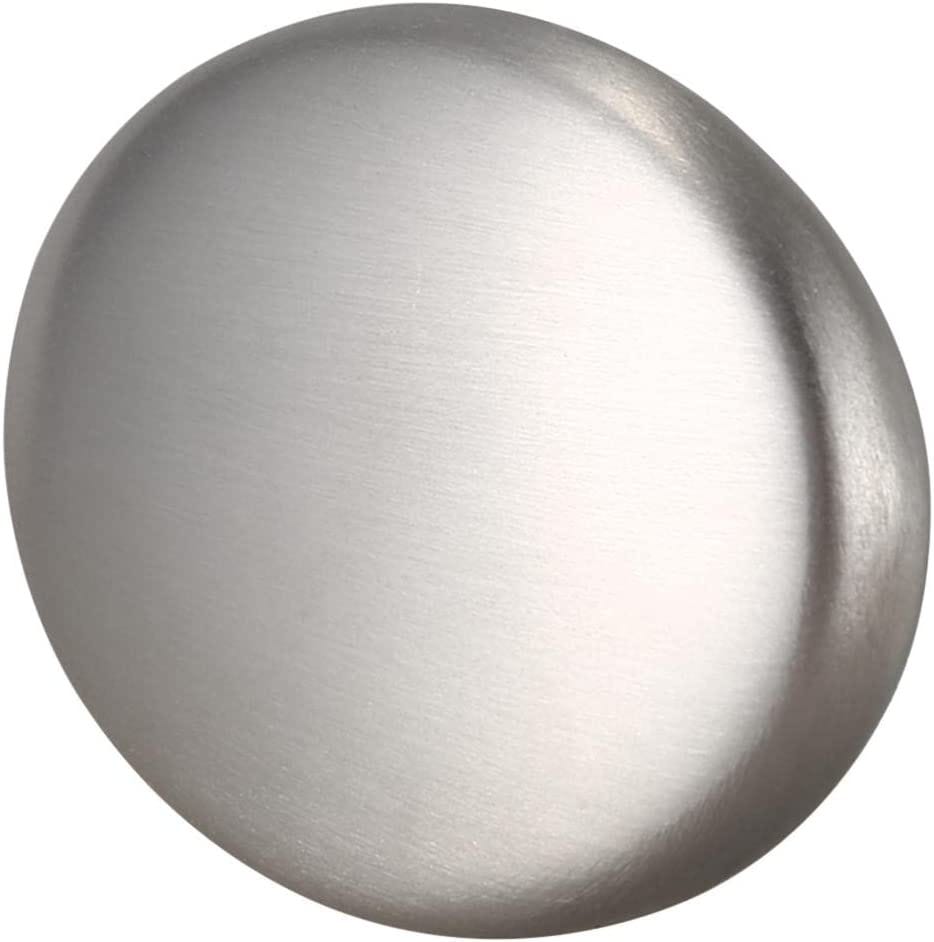
Would it be correct to suggest that the flourishing in design of form over substance is a fairly contemporary indulgence? It’s hard to imagine anyone from Stone Age man to post-World War I woman putting up with a piece of equipment that wasn’t necessary or didn’t work, although it could be argued that wars themselves have inspired some of the worst design failures around.
Take the Davy Crockett Nuclear Mortar, a portable nuclear weapon any number of present-day despots might salivate over. It was the USA’s smallest by weight and yield and also ‘man-portable’: it came with its own handy ‘port-a-pack’.
How about the bicycle-like Russian Tsar Tank, found to be under-powered and vulnerable to artillery fire. So, pointless.
Or Britain’s forward-facing machine gun for the Royal Aircraft Factory BE9, set on a wooden box in front of the World War I aircraft’s propeller, to be operated by a gunner who couldn't communicate with the pilot, and also ran the risk of falling either into the propeller or down to the ground.
There is nothing quite that lethal in a kitchen aside from knives - with the possible exception of the mandolin. I speak as someone who foolishly debuted her own just as 34 strangers sat down expectantly outside to lunch. With my very first sweep across the blade, I shaved a potato and the entire side of my thumb, which to this day has lost all feeling. I wish I’d used a knife as I always had before.
There is plenty of poor or unnecessary design in the kitchen. Did Philippe Starck ever actually use his iconic Alessi Salif Citrus Squeezer (the only spider acceptable near food) for more than photo shoots?
You can buy a limited edition of one in bronze for £876/$1,083 if you have a mind, the price in the UK at roughly 30p/37c each of 9,730 lemons. It proclaims its arachnid legs are tall enough to fit a glass underneath. Not any of mine. And none from IKEA. When I did give it a whirl in the showcase kitchen of a friend who only ever creates cocktails, it whirled to the floor, smashing the designer crystal glass that did have the required measurements.
Pressing half a lemon against the tines of a fork works perfectly efficiently if squeezing a lemon by hand won’t do. But the best squeezer I’ve ever used was given to me by a generous friend who should have kept it for herself. Made of heavy-duty aluminium, it was probably designed in the US in the 1950s and uses pressure on a long handle to force a cut fruit-half against its back wall, collecting the juice in a declivity beneath to pour it out through a side spout.
I mourned its disappearance from the market place. Except it hasn't. The version in the photograph is still sold on the internet where we know we can find pretty much everything, including, possibly, some of the armaments I’ve mentioned. But I saw it in use recently, transformed into day-glo green plastic, on a mountain side in the tea plantation area of Sri Lanka. An enterprising person had set up a juice stall to seduce and revive the exhausted and dehydrated trekkers who had gained his oasis burdened only by their backpacks and emptied water bottles. He, on the other hand, had dragged up the mountain in a child’s trolley a folding table, a chair, a tank of washing up water, and all the equipment, glasses and fruits to slake their thirsts.
Good design does not die. But it can provoke designers to improve upon it without any obvious gain. My grandmother used to make us the best toasted sandwiches ever in her Taste-T-Toast, a kind of Valkyrian iron brassiere whose metal lip pressed together two slices of heavily buttered bread around fillings from ham-and-cheese to left-over cottage pie with Branston pickle.
It was set over a low flame to transform into a toasted sandwich crunchy on the outside, gooey in the middle, against which today’s panini makers can’t begin to compete.
There is stuff we surely can manage without. You don’t need that flexible tube into which you insert a clove of garlic and roll about to release it from its paper skin. Just smash the clove lightly with the flat of a cook’s knife. Do you really have to have a banana slicer? A corn kernel stripper? Burger press? An electric wine bottle opener - unless you have painful hands? A tuna press to separate the fish from its liquid? What’s wrong with its own lid?
Let’s leave well alone and stop producing more ‘stuff’ designed (or mis-designed) to make us believe that what we already have or what we’ve inherited isn’t up to scratch. It is. And it doesn’t need to be sent to the landfill. There’s too much of that food you bought but didn’t eat already in it.
To make 2 toasties without a machine, butter four slices of bread generously on one side with softened butter. Turn two of the slices over and upon the dry side (which you might coat with a slather of mayo if you want to enrich your sarnie further) layer your filling, from ham and cheese, or tuna and cheese with a teaspoon of drained capers or finely sliced celery or scallions for crunch, to whatever leftovers in the fridge you want to revive. Set the second slices of bread on top of the filling, butter side up, press top and bottom lightly together and transfer to a hot frying pan. Turn the heat down to medium-low and fry gently on each side until the bread has turned gold and any cheese has melted. If you have been modest with your spreading of butter, add a little oil to the pan before setting down the sarnie. If you are using grated cheese, pile it towards the centre so that it doesn’t ooze out of the sides.




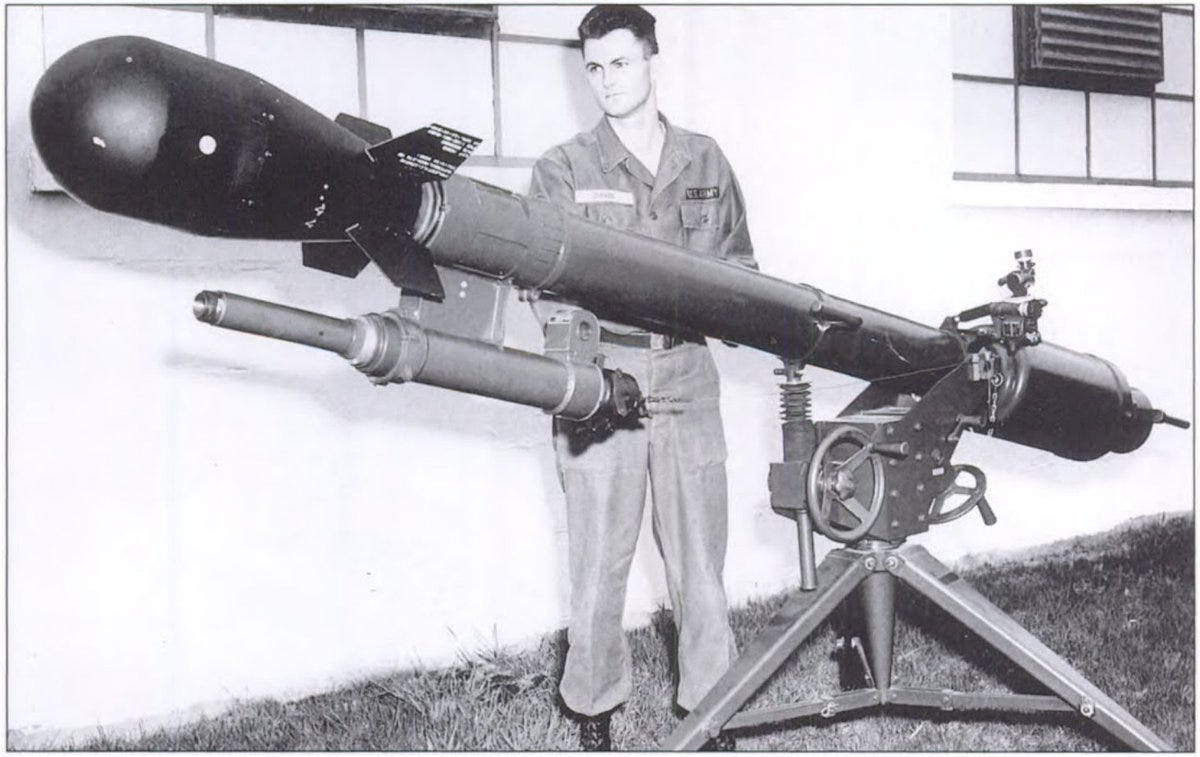

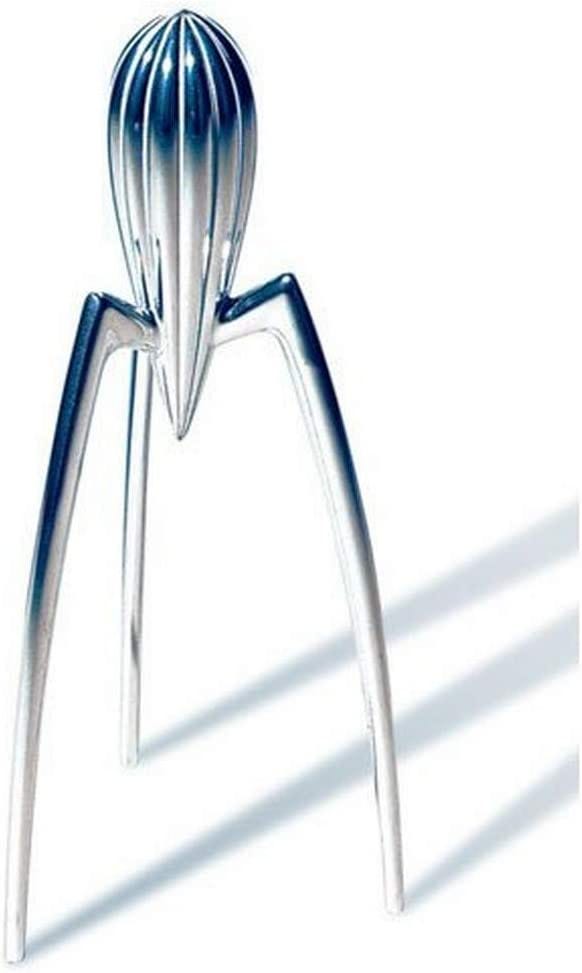
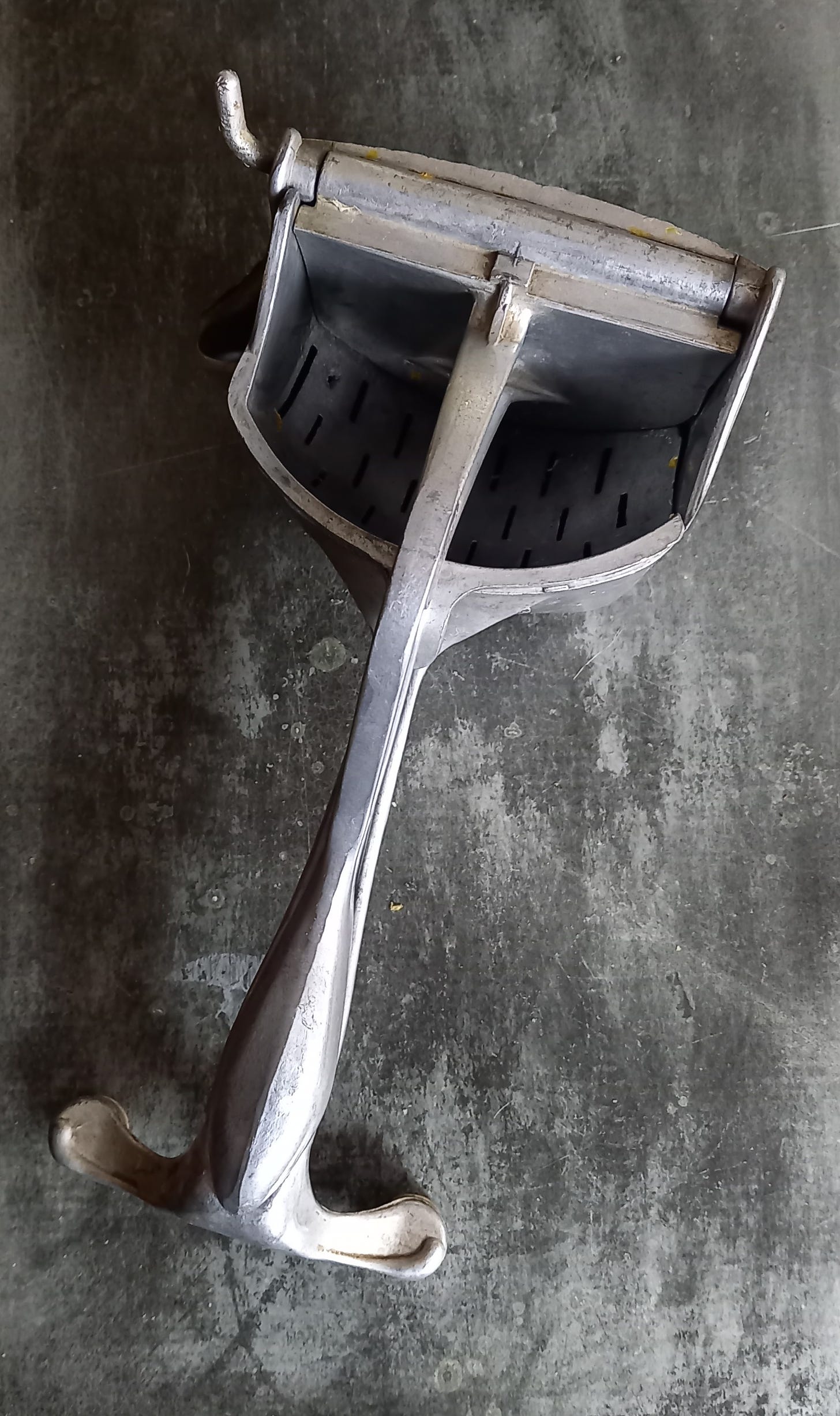


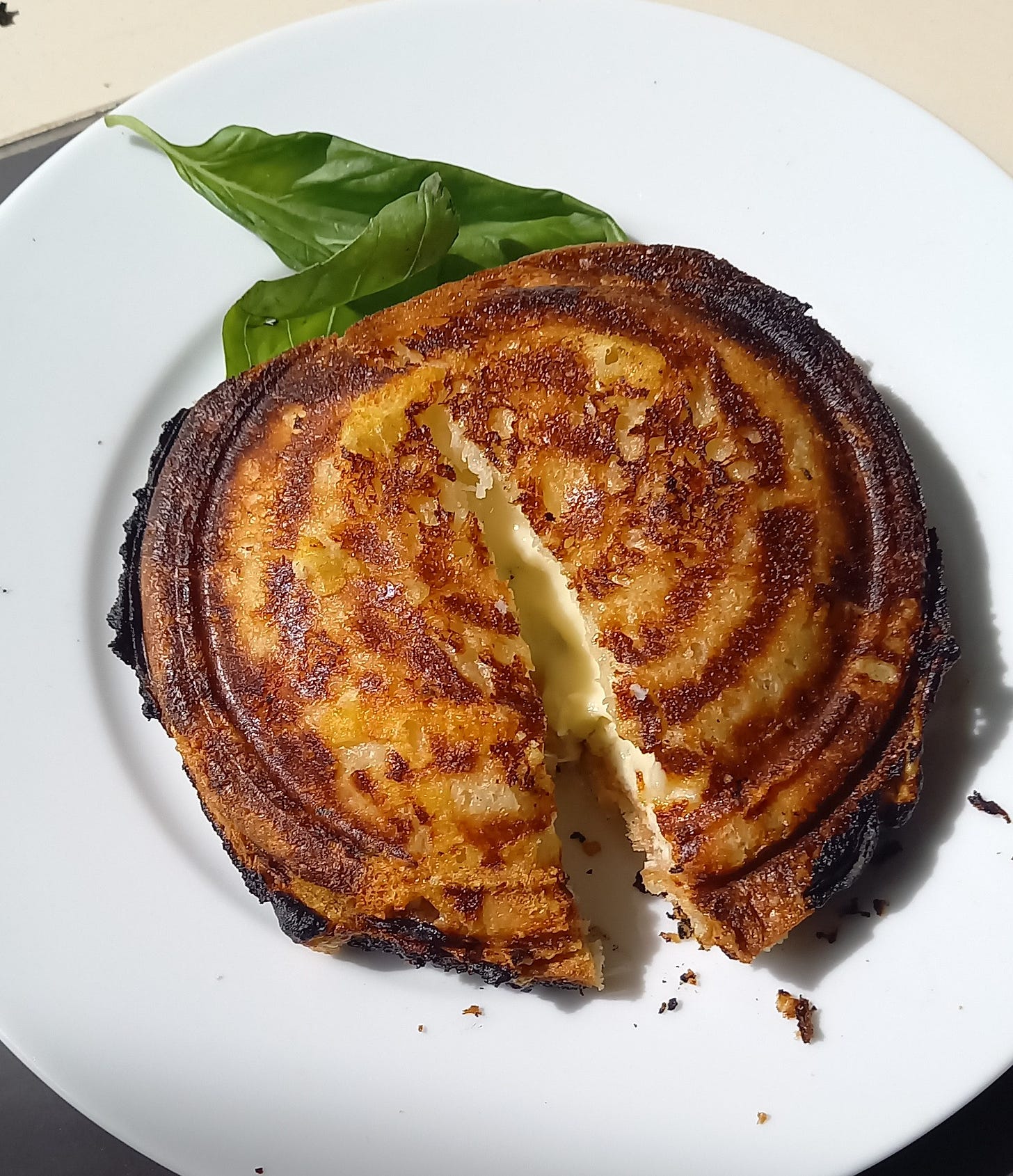
I'm on the hunt for easy peasy lemon squeezy contraption now. Thanks Julia the Great!
I remember my mom making us those round toasted sandwiches when we were kids. She must have given it away after we grew up. Thanks for the memories. And I have had my lemon juicer for 60 years (only mine is metal, not glass).